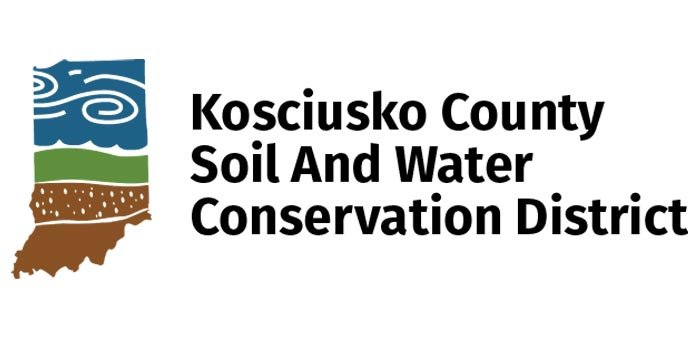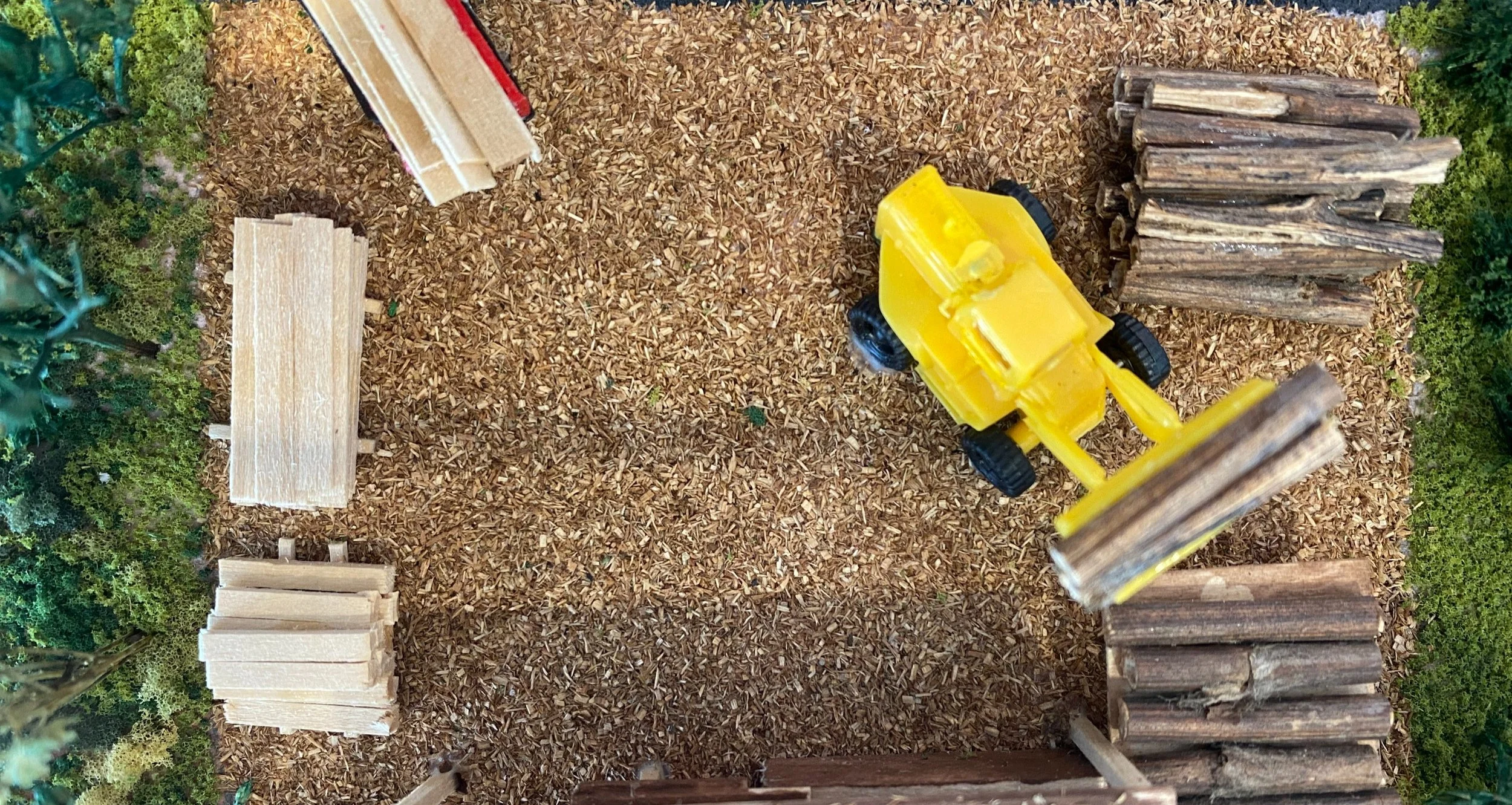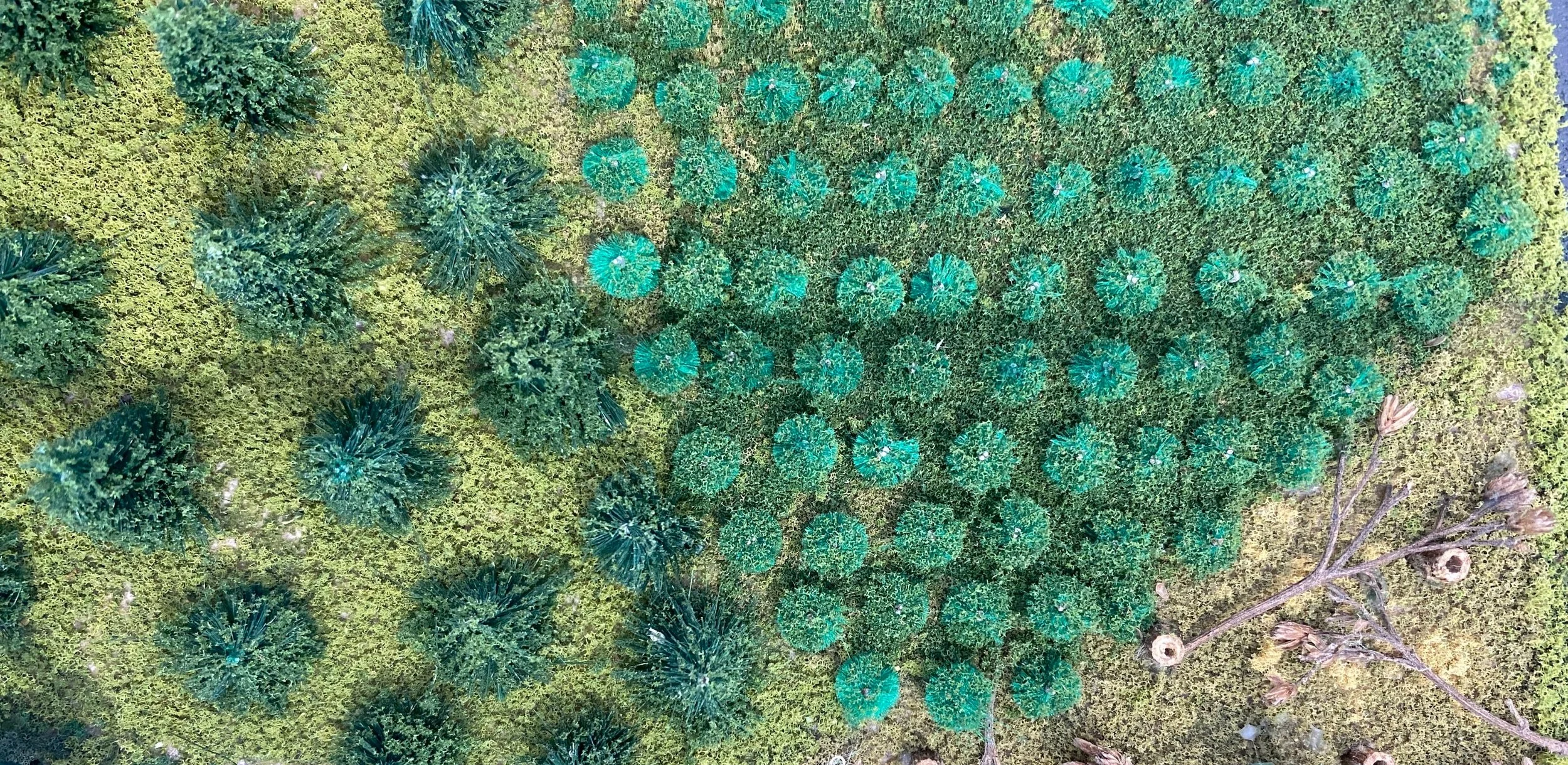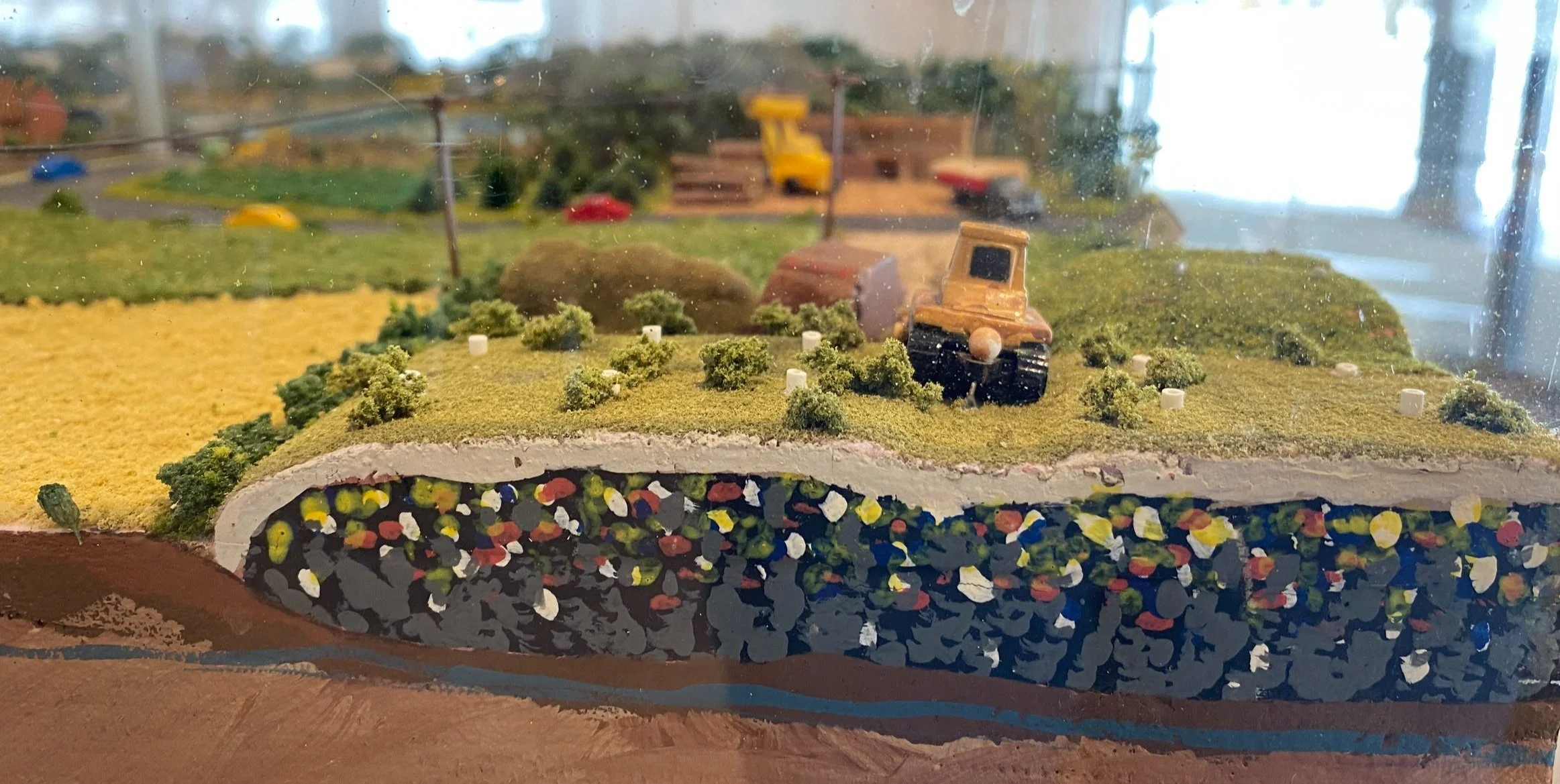This neighborhood on the edge of town includes some farm ground and community infrastructure such as the landfill. There is also a sawmill and a tree nursery adjacent to the forest, displaying the full life cycle of a tree from seed to lumber!
Sawmill
A sawmill is a place where harvested trees are sawn into lumber. Forestry is Indiana’s #1 agricultural sector, contributing over $10 billion to the economy annually. Every American uses an average of 640 pounds of wood and paper products per person each year. Each year, Indiana’s forests grow over 50% faster than what is harvested.
Tree Nursery
A tree nursery is a place where tree seedlings are grown until they are ready to be planted somewhere else.
To continue harvesting lumber sustainably, trees must be replanted or forestry practices such as the seed-tree method must be used to encourage natural regeneration of desirable species. The seed-tree method is a method of harvesting where all but a few mature trees are left standing to provide seed. By removing other overstory trees, seedlings have adequate sunlight to grow.
Nursery trees can be planted for conservation purposes to reduce water pollution. Trees prevent erosion by holding the soil in place and their roots help to filter out pollutants. The Kosciusko SWCD has an annual tree sale to provide a source of low-cost trees to the community.
Landfill
In the southeast corner is a landfill. The larger, older part of the landfill does not have a lining to prevent leachate. Leachate is the liquid that comes out of a landfill and is a combination of precipitation mixed with waste materials. Leachate can contaminate groundwater. The new sections of the landfill have clay linings which contain the leachate and prevent it from contaminating groundwater. The pipes in the tops of the landfill allow gases produced by decomposition of waste to escape into the air.
The Contaminated Well
There is a small white house near the landfill. This house has its own well for water and a septic system to dispose of waste. The septic tank is empty which indicates that it is leaking raw sewage into the groundwater. This is the same water that is being drawn up into the well as drinking water.
Wells should be at least 50 feet from septic tanks and cased to a depth of at least 25 feet below the ground surface. Well water should be tested every year so you know that your drinking water is safe.
Household septic systems should be inspected at least every 3 years by a septic service professional.
Learn more about well water from the Environmental Protection Agency (EPA).
Learn more about septic systems from the Environmental Protection Agency (EPA).




